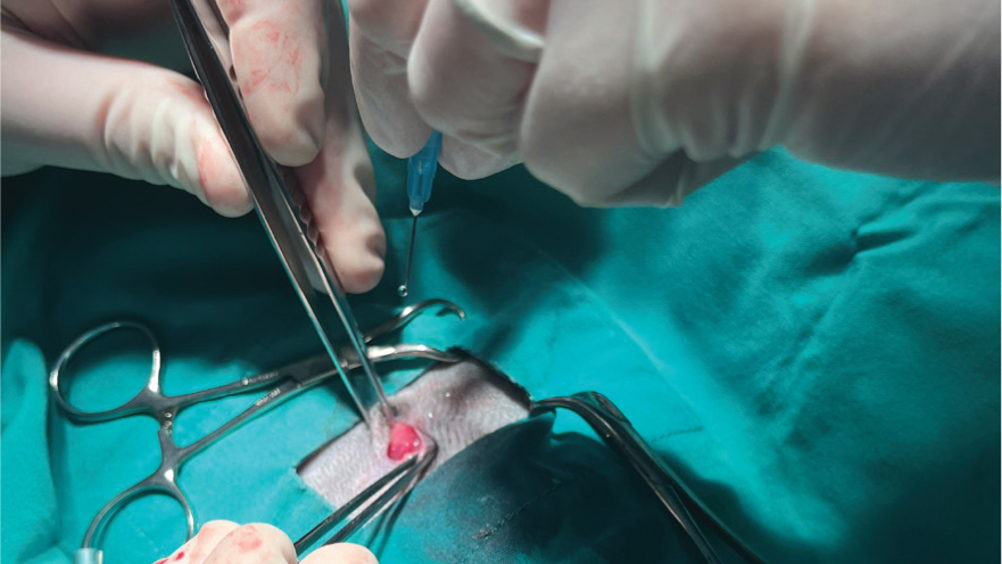References
The potential benefit of local anaesthetics during routine ovariohysterectomy

Abstract
Registered veterinary nurses (RVNs) play an essential and responsible role in pain management by identifying and alerting the veterinary surgeon (VS) to allow the appropriate management of pain. This comes with a legal and moral obligation in accordance with the Animal Welfare Act (2006) and the Code of Professional Conduct for Veterinary Nurses to provide prompt analgesia to their patients. Ovariohysterectomy is a common procedure performed within veterinary practices. It is a painful procedure and appropriate analgesia is paramount otherwise there could be compromises to the patient's recovery. Patients with inappropriately managed analgesia are more likely to interfere with their wound and have an increased risk for surgical site infections. Using local anaesthetics during the procedure is likely to show intraoperative and postoperative benefits to the patient. RVNs can be the leading force for a multimodal analgesia approach by using current evidence-based research, utilising their skills and applying their knowledge to collaborate with the VS to provide exceptional care for their patients. This will provide further evidence and justification towards the protection the RVN title.
Pain can be detrimental to a patient's recovery because of the negative emotional experience, protracted recovery and an increased risk of malnutrition, which collectively lead to an impaired immune system (Murphy, 2016). Pain is linked to the stimulation and release of catecholamines and adrenal hormones such as cortisol (Self and Grubb, 2019). This will contribute to weight loss, wound dehiscence, leucocytosis and insulin resistance, leading to the development of chronic pathological pain, client dissatisfaction and a loss of time and money (Self and Grubb, 2019). Milella and Gurney (2017) identified surgeries that are moderate to severe in their pain scale and should have the combination of an opioid, non-steroidal anti-inflammatory drug (NSAID) and local anaesthetic to provide a multimodal analgesia approach; local anaesthetic agents prevent the pain stimulus reaching the central nervous system. Klinck and Troncy (2017) described pain as a mixture between the origin and stimulus creating a combination of various pain types, such as nociceptive, neuropathic and inflammatory. Klinck and Troncy (2017) explained the contribution of neuropathic pain which depends on the two factors, the type of surgery and the degree of surgical nerve injury.
Register now to continue reading
Thank you for visiting The Veterinary Nurse and reading some of our peer-reviewed content for veterinary professionals. To continue reading this article, please register today.

